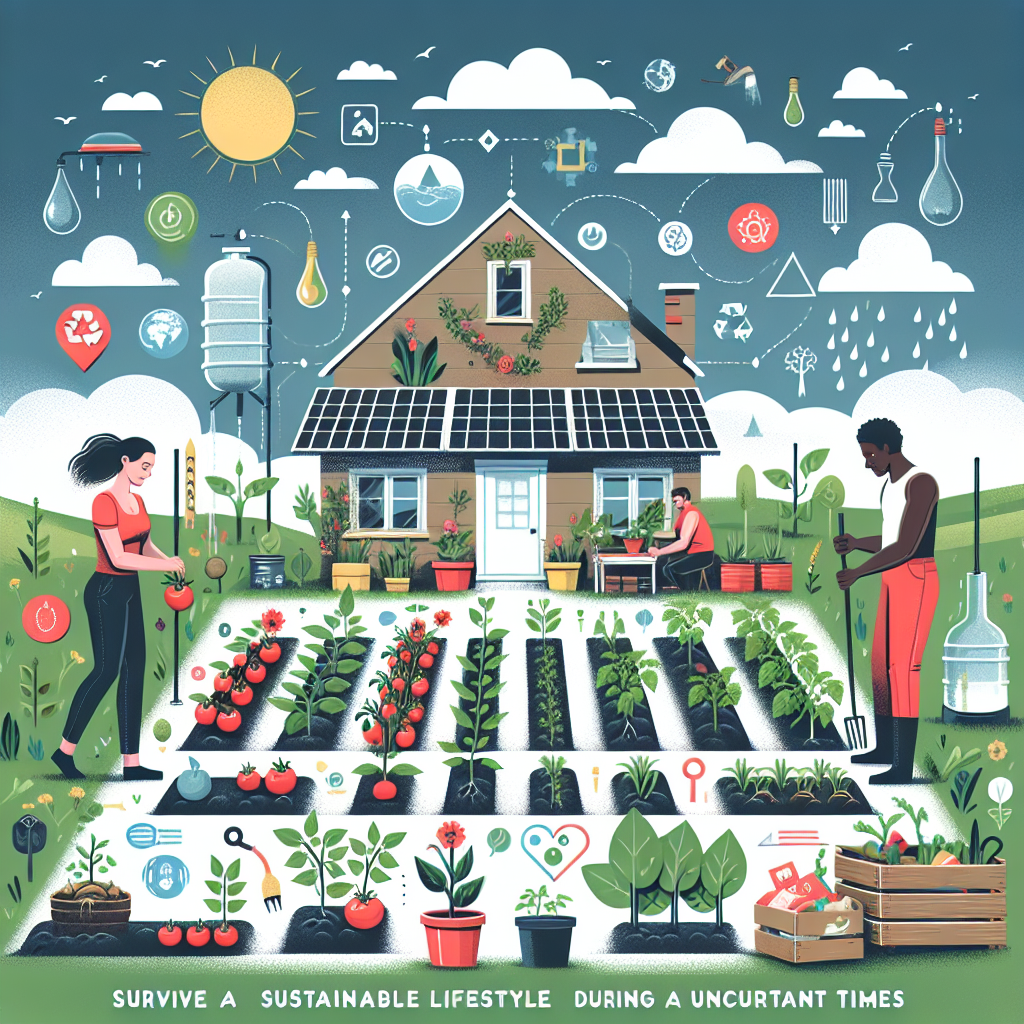The Rise of Solar Farms Worldwide
The global energy landscape is undergoing a transformative shift as solar farms gain prominence as a leading source of renewable energy. Solar farms, expansive arrays of photovoltaic (PV) panels designed to capture the sun’s energy and convert it into electricity, are being developed at an unprecedented pace worldwide. Factors driving this growth include technological advancements, policy incentives, and the urgent need to transition to cleaner energy sources to combat climate change.
At the core of the rise in solar farms is the significant reduction in solar technology costs. Over the past decade, the cost of solar panels has plummeted by more than 80%, making solar energy increasingly competitive with traditional fossil fuels. This price reduction is partly due to economies of scale in manufacturing processes and advancements in solar cell efficiency. Innovations like bifacial panels, which capture sunlight from both sides, and improved inverter technologies have further enhanced the economic viability of solar projects.
Moreover, global initiatives encouraging the adoption of renewable energy have been instrumental. Governments around the world are implementing policies that incentivize solar farm development. In the United States, for instance, the Investment Tax Credit (ITC) has been pivotal, offering substantial tax deductions for solar investments. Similarly, in the European Union, the Green Deal aims to make Europe the first climate-neutral continent, pushing member states towards more solar installations. Asia, too, is not left behind, with countries like China and India leading the charge in solar capacity expansion due to their ambitious renewable energy targets.
Public and private partnerships are another key driver behind the exponential growth of solar farms. Corporations are increasingly committed to achieving their sustainability goals, with many pledging to power operations entirely with renewable energy. Tech giants like Google, Amazon, and Microsoft are investing billions in solar energy projects, both to reduce carbon footprints and to ensure more predictable energy costs amid fluctuating fossil fuel prices. These investments not only stimulate the solar market but also drive innovations in energy storage and grid management technologies.
The geographic suitability of many regions contributes significantly to solar farm proliferation. Countries situated in sunny climates naturally have an advantage, yet solar technology now extends its reach even to less sun-drenched regions, thanks to advancements in storage solutions and grid integration. This adaptability allows more countries to harness solar power effectively, thus decentralizing energy generation and reducing reliance on imported fossil fuels.
Additionally, societal awareness and demand for sustainable energy alternatives are at an all-time high. As public consciousness about climate change impacts grows, communities support clean energy projects and advocate for more sustainable practices. Solar farms, therefore, often receive strong backing from local communities, which recognizes both their environmental benefits and the economic opportunities they bring. These projects create jobs, from the installation and maintenance of solar panels to roles in research and development.
However, the development of solar farms is not without challenges. Land use is one of the primary concerns, as large solar installations require significant space, sometimes leading to conflicts with agricultural needs or natural habitats. Innovative solutions like agrivoltaics, the dual use of land for both solar energy and agriculture, are being explored to mitigate such concerns. This approach not only optimizes land use but also can improve crop yields by providing shade and reducing water evaporation.
Environmental impacts, such as the effect on local wildlife and ecosystems, are also considerations that need addressing. Careful planning and environmental assessments are necessary to minimize solar farms’ footprints and protect biodiversity. Policies that mandate ecological impact studies prior to development are becoming standard practice in many countries, ensuring that solar installations are both sustainable and responsible.
Grid integration represents another hurdle. As solar energy becomes a larger part of the energy mix, ensuring grid stability and reliability is paramount. Advances in battery storage technology, like lithium-ion and alternative chemistries, provide solutions for energy storage, enabling solar power to be dispatched even when the sun is not shining. Furthermore, smart grid technologies are helping assimilate solar power by dynamically balancing supply and demand.
Finally, there’s the economic aspect, particularly in regions lacking robust financial frameworks for renewable energy. Funding and financing models are evolving to address these barriers, with increased international cooperation, public funding, and green bonds providing capital for solar infrastructure projects. In developing nations, solar farms often represent a path towards energy independence and economic development, empowering communities with access to clean, reliable power.
The rise of solar farms worldwide signifies a major step towards a sustainable energy future. As these expansive solar arrays continue to spread across varied landscapes, they not only exemplify human ingenuity and adaptability but also reflect a collective commitment to preserving our planet for future generations. Each new solar farm adds to an ever-growing tapestry of renewable energy solutions, bringing us closer to a global energy ecosystem that prioritizes environmental stewardship and sustainable development.




